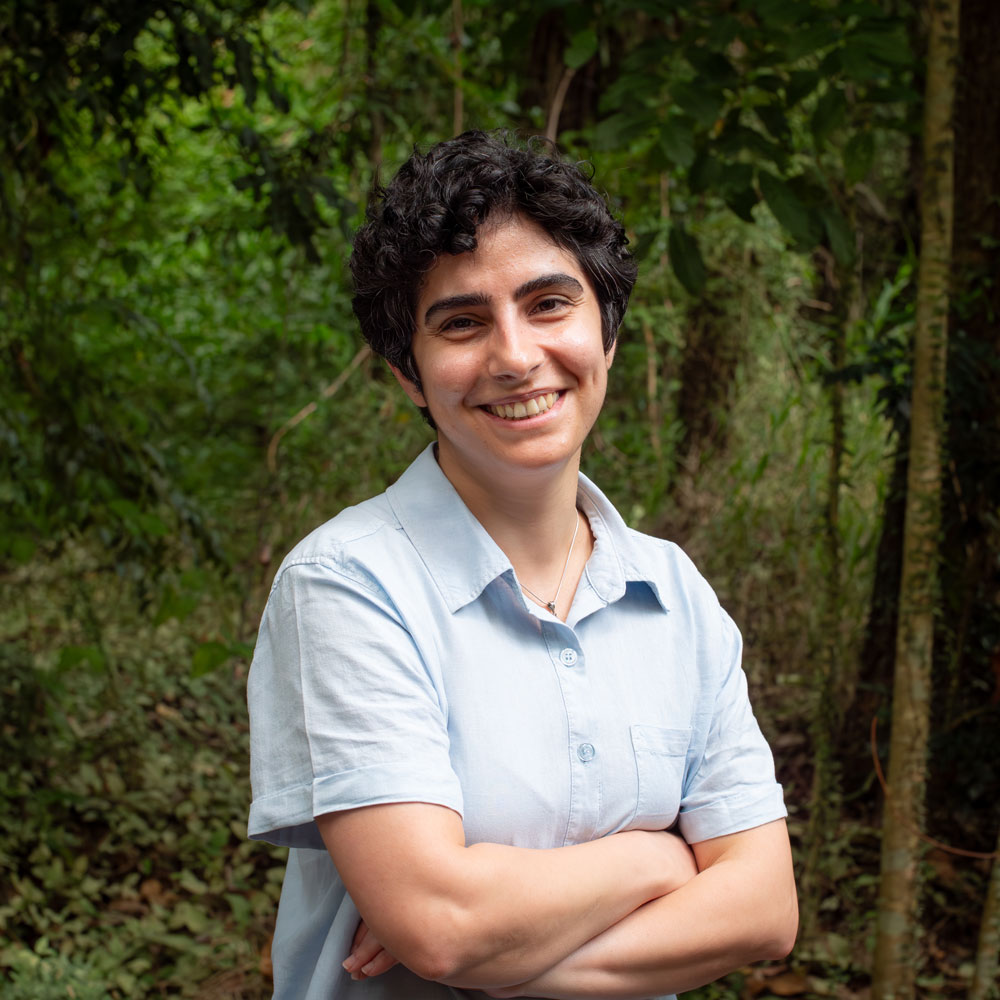University of Queensland studies have used a natural tree sap gum and light to extend the shelf life of fresh fruit and vegetables to combat food waste.

The Queensland Alliance for Agriculture and Food Innovation (QAAFI) research used edible coatings made from gum Arabic or acacia gum, enriched with aqueous extracts from native Australian plants, to stop the growth of microorganisms which cause spoilage.
The research team also used light and curcumin, a compound extracted from turmeric, to deactivate fungal spores on food, in particular strawberries.
QAAFI’s Dr Maral Seididamyeh said both methods were effective in keeping food fresh for longer.
“Using our edible coating, we were able to prevent the growth of spoilage microorganisms in fresh-cut capsicum for around 10 days in the fridge,” Dr Seididamyeh said.
“This was mostly due to the organic acids and phenolic compounds found in the aqueous extracts of plants like Cape York lilly pilly, boonjee tamarind, and Tasmanian pepper leaves.
“These extracts not only showed promising antimicrobial properties, but the sensory analysis also revealed that they enhanced the overall sensory attributes.”
“The curcumin-based photosensitisation technique completely deactivated fungal spores of Botrytis cinerea – the pathogen responsible for grey mould in fresh produce.
“When applied to strawberries, it reduced decay incidence and severity by 20 per cent without compromising the fruit’s colour or firmness.”
Dr Seididamyeh said chemical-free methods for preventing food spoilage were in demand.
“Bacteria, viruses, fungi and parasites are becoming resistant to synthetic chemicals used to preserve food,” she said.
“At the same time, consumers are increasingly favouring products made with natural preservatives over synthetic additives, known as clean label trend.”
Food and Agriculture Organization of the United Nations’ data shows 17 per cent of food was lost to spoilage and other issues at retail outlets and in homes.
“The research results are promising but more work is needed, especially since photosensitisation is a relatively new concept in the food industry,” Dr Seididamyeh said.
“Photosensitisation is already used in medicine, through photodynamic therapy which destroys abnormal cells in treatment for cancer and precancerous conditions.
“But both the edible gum coating, embedded with extracts from native Australian foods and leaves, and curcumin are currently quite expensive.
“To help make this a mainstream solution further funding will be needed to refine the technology for its integration into commercial packing and processing lines.”
The research was funded by Hort Innovation and the Department of Primary Industries, as well as the Australian Research Council.
The research was published in the Journal of Food Science, Food Control and Foods, and the International Journal of Biological Macromolecules.
Images are available via Dropbox.
The Queensland Alliance for Agriculture and Food Innovation is a research institute at The University of Queensland established with and supported by the Department of Primary Industries.
Media: Dr Maral Seididamyeh, s.maral@uq.edu.au, +61 470 203 456; QAAFI Communications, Natalie MacGregor, n.macgregor@uq.edu.au, +61 409 135 651.



